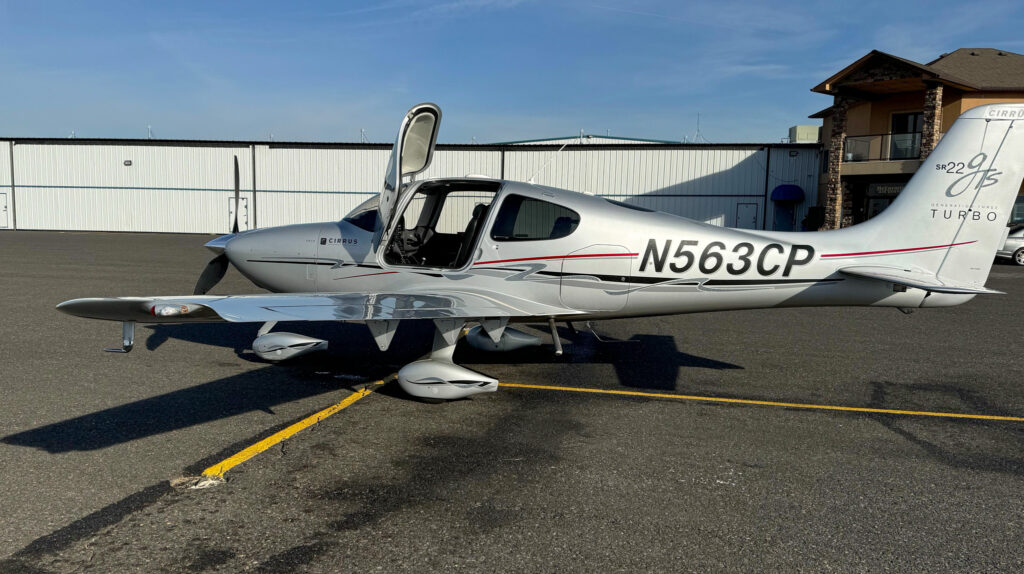
Aircraft are marvels of engineering, combining advanced technology and precise design to achieve flight. While they may seem complex, the basic technical aspects of aircraft can be broken down into simple concepts. Whether you’re an aviation enthusiast or just curious, this guide will help you understand how aircraft work.
1. How Aircraft Fly: The Four Forces
- Lift: The upward force that keeps the aircraft in the air. It’s created by the wings as they move through the air.
- Weight: The downward force caused by gravity. It pulls the aircraft toward the ground.
- Thrust: The forward force produced by the engines. It pushes the aircraft through the air.
- Drag: The backward force caused by air resistance. It slows the aircraft down.
Simple Explanation: For an aircraft to fly, lift must overcome weight, and thrust must overcome drag.
2. The Wings: Generating Lift
- Airfoil Shape: Wings are curved on top and flatter on the bottom. This shape makes air move faster over the top, creating lower pressure and lifting the aircraft.
- Control Surfaces:
- Ailerons: Control roll (tilting left or right).
- Flaps: Increase lift during takeoff and landing.
- Spoilers: Reduce lift and help slow the aircraft.
3. The Engines: Providing Thrust
- Jet Engines: Suck in air, compress it, mix it with fuel, and ignite it to create a high-speed exhaust that propels the aircraft forward.
- Propeller Engines: Use spinning blades to pull the aircraft through the air, like a fan.
- Turbofan Engines: A mix of jet and propeller engines, commonly used in commercial airliners for efficiency.
4. The Fuselage: The Aircraft’s Body
- Structure: The fuselage holds the passengers, cargo, and equipment. It’s designed to be strong yet lightweight.
- Materials: Modern aircraft use aluminum, titanium, and composites (like carbon fiber) to balance strength and weight.
5. The Tail: Stability and Control
- Vertical Stabilizer: The fin at the back that keeps the aircraft stable and prevents it from sliding sideways.
- Horizontal Stabilizer: The small wings at the back that control pitch (up and down movement).
- Rudder and Elevators: Control surfaces on the tail that help steer the aircraft.
6. The Landing Gear: Taking Off and Landing
- Wheels and Struts: The landing gear supports the aircraft on the ground and absorbs the impact during landing.
- Retractable Gear: Most jets retract their landing gear after takeoff to reduce drag.
7. The Cockpit: The Pilot’s Control Center
- Instruments: Display speed, altitude, engine performance, and navigation information.
- Controls: The yoke (or joystick) and pedals allow the pilot to steer the aircraft.
- Autopilot: A system that can fly the aircraft automatically, following a programmed route.
8. Avionics: The Aircraft’s Electronics
- Navigation Systems: Help the pilot find their way using GPS, radio signals, and onboard computers.
- Communication Systems: Allow the pilot to talk to air traffic control and other aircraft.
- Radar: Detects other aircraft and weather conditions.
9. Fuel Systems: Powering the Aircraft
- Fuel Tanks: Located in the wings and fuselage to store fuel.
- Fuel Efficiency: Modern aircraft are designed to use less fuel, reducing costs and environmental impact.
10. Safety Systems: Keeping Everyone Safe
- Emergency Exits: Allow passengers to evacuate quickly in case of an emergency.
- Oxygen Masks: Provide oxygen if cabin pressure drops.
- Fire Suppression: Systems to detect and extinguish fires.
11. Aerodynamics: Slicing Through the Air
- Streamlined Shape: Aircraft are designed to reduce air resistance (drag) and improve efficiency.
- Swept Wings: Angled wings help jets fly faster by reducing drag at high speeds.
12. Maintenance: Keeping the Aircraft in Top Shape
- Regular Inspections: Ensure all parts are working properly.
- Engine Checks: Keep the engines running smoothly.
- Cleaning: Prevents dirt and debris from damaging the aircraft.
Conclusion
Aircraft are incredible machines that rely on a combination of physics, engineering, and technology to fly. By understanding the basic technical aspects—like lift, thrust, and control systems—you can appreciate the complexity and beauty of aviation. Whether you’re watching a plane take off or dreaming of becoming a pilot, knowing how aircraft work makes the experience even more exciting.

Leave a Reply